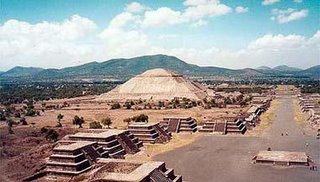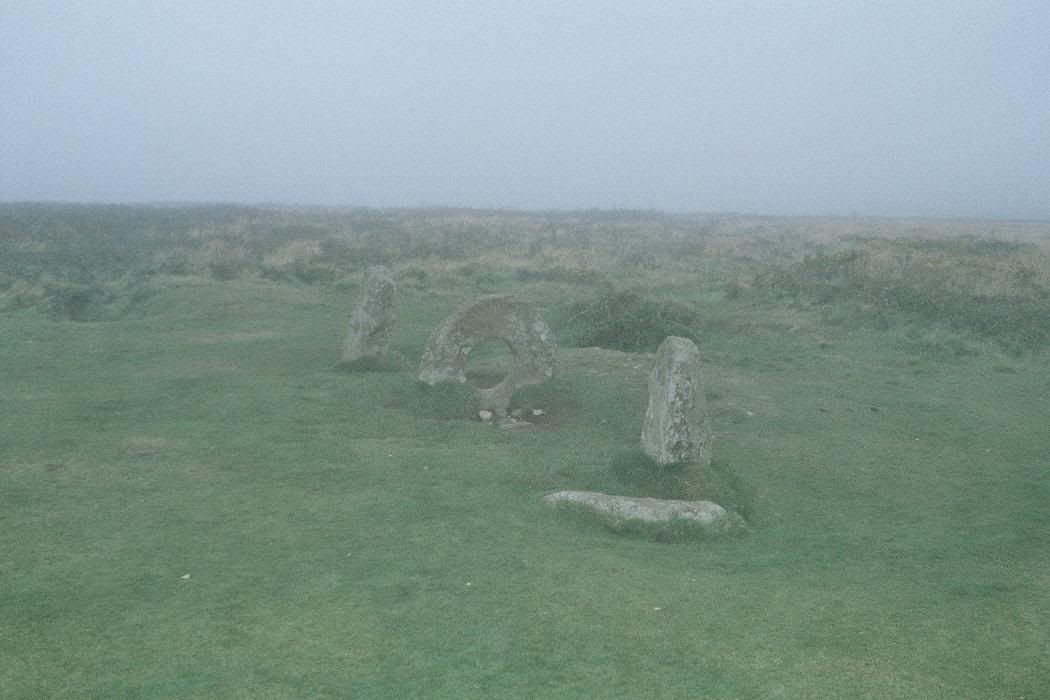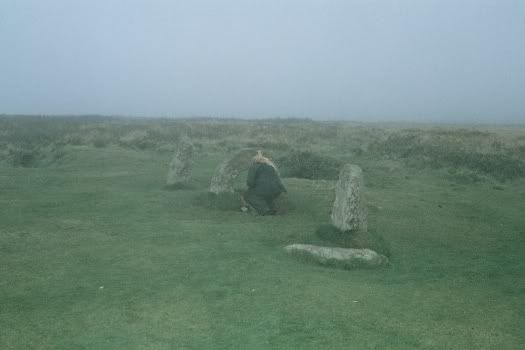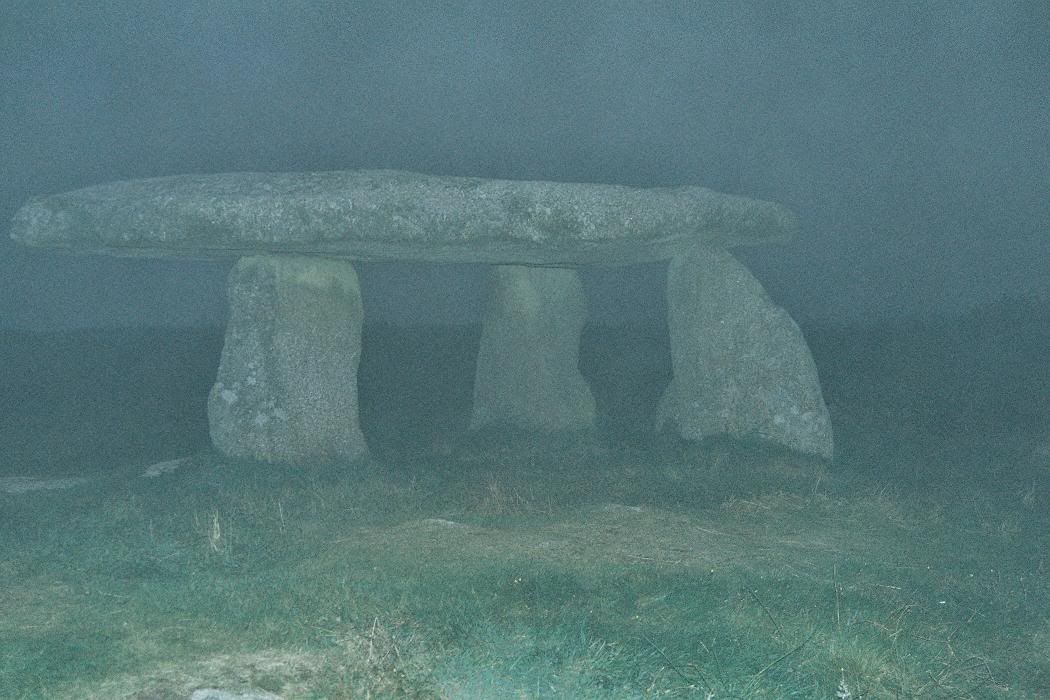 I have only got one book by Fiona Horne called Pop goes the Witch, but I have heard her talks and seen her perform at the Witchfest festival in Croydon. She is a modern face to witchcraft, sexy, self-assured, very much out of the broom closet, with a string of articles and succesful books behind her name. I have sourced this article from her website (I am setting a link up with the others) and trust she won't mind this posted here. The article is from June 1998 for the magazine New Woman.
I have only got one book by Fiona Horne called Pop goes the Witch, but I have heard her talks and seen her perform at the Witchfest festival in Croydon. She is a modern face to witchcraft, sexy, self-assured, very much out of the broom closet, with a string of articles and succesful books behind her name. I have sourced this article from her website (I am setting a link up with the others) and trust she won't mind this posted here. The article is from June 1998 for the magazine New Woman.Witches sure ain't what they used to be, forget broomsticks and black cats - these days women are using witchcraft for self-development and spiritual growth.Today there is a growing wave of women from all walks of life declaring themselves witches. Witchcraft, or more specifically Wicca, is one of the fastest growing religious trends in Australia. Not surprising when you consider that Witchcraft is a goddess-oriented religion that places emphasis on the sacredness and legitimacy of female power.
Goddess's truthIn the growing popularity of Wicca, women are finding they can explore their spirituality in a welcoming and empowering environment. After a history of having to relate to the Divine as masculine, acknowledging the omnipresent existence of a goddess can have a profound effect on a woman's psyche. It can expand our view of ourselves to include a greater understanding of our potential, our abilities and our purpose. As Lee, a 27-year-old office manager says, "Wicca gives me freedom of belief, freedom of worship and freedom to be myself. It allows me to experience the mystery of being female. In Wicca, women are not treated as second class. There is balance between male and female in that they are complementary and both wonderful".
The magical mystery tourDoing spells and rituals to effect change and growth in my life has made me feel more alive, the world became an exciting playground of opportunity and potential, much as it had probably appeared to me when I was a young child, before the demands of society started to oppress me.
The emphasis Wicca places on the sacredness of the earth and magical ritual is relevant in a time of global crisis. As 21-year-old student, Sandra says, "The rituals of Wicca make everyday tasks seem meaningful. I feel involved in my life, I feel like I have a say in the way it turns out. I have a responsibility as a human to care for the earth, to work towards healing the damage done by year of patriarchal irresponsibility. It isn't always easy but I know I can made a difference."
Twelve years ago there was plenty of information around about the Craft, but still a lot of misinformation prevalent in the community, chiefly that witches were either "devil worshippers" or kooky eccentrics. I could understand people's confusion in thinking witches were evil and in league with the devil, after so many years of sensational misrepresentation in films and media, but I never felt intimidated by this. It was very clear to me that Satan, being a Christian god, had nothing to do with my religion, and the individuals were far from eccentric. In fact they were mostly very thoughtful and creative people that were going to a lot of effort to re-establish a healthy and vital spiritual tradition.
It's a woman's worldHaving been raised a Catholic I was brought up to have an ambivalent attitude towards my sexuality. As much as it was an essential and inseparable part of me, it was also owned by the Church, which declared it sinful and gave as a role model for women the sexless Virgin Mary - not even in conceiving a child did she indulge in the physical act of sex. She had no say in anything - God decided she would bear and raise his child and that was that. She was just a vessel for his demands. This attitude crossed over into all areas of my life. I lived in a society created mostly by men, for men and I was answerable to the demands they placed on me. I was brought up to feel uncomfortable with and ashamed of menstruation and other female bodily functions. I was unhappy with my physical appearance and I spent a lot of my time feeling trapped in my imperfect, "dirty" body.
Wicca encourages women to have a very different view of our bodies and ourselves. The creation myths vary according to different traditions, but all unite in the belief that the world was given birth to by a Mother Goddess and so a woman's ability to conceive and give birth to a child is considered one of the most holy and powerful acts that a human can perform. Far from a woman's body being seen as unclean, it is an expression of the Divine, menstruation is revered as a symbol of life, and sex between female and male is referred to as the Great Rite, symbolic of the union of Goddess and God.
The respect for women in Wicca extends far beyond sex and physical functions. Women are seen as essential in the priesthood and play a pivotal role in decision-making and expounding of Craft principles in spiritual and everyday life.
Witchcraft liberates women from stereotypes by providing the Goddess as a role model. It emphasises that the Goddess does not live outside us by within us and within everything. No matter what a woman's role in society - mother, daughter, sister, wife, lover, colleague, friend - she can be empowered by the knowledge that she is an expression of the Divine.
In the cut throat world of business this profound sense of self can come in hand as Lisa, 29, an advertising executive states. "Wicca empowers me as a woman so I don't feel as threatened by men. When I'm at work I don't buy into men's power games. I know that they have been conditioned to be that way and I don't take it personally. When I am treated in a sexist way I know they are saying more about their inadequacies than mine. I just get on with the job."
Sense of communityHawthorn, 41, has been a Wiccan high priestess for over 10 years and was drawn to Paganism and Wicca because it seemed "more natural". Her interest ultimately led to her forming her own coven in the western suburbs of Sydney. In this time she became aware of the need for a gathering focusing specifically on women's needs and so created the bi-annual women-only gathering "Wemoon".
"Most of the Wiccan rituals are mixed, but on one particular occasion a group of women broke away to do their own. When it came time to rejoin the group no-one wanted to. They had connected as a community of women and they wanted to keep that feeling. I thought, 'Why not have a weekend where we don't' have the responsibility of children or husbands or work?' And so Wemoon was born from that."
The first Wemoon was held in November 1995, and attracted over 50 participants. Explains Hawthorn, "The women who came were quite a cross-section - young girls, older women, mothers, career women - from every walk of life and every income bracket. Initially, when the women joined as a group of strangers they were wary of each other, but in a very short time they were no longer rivals, they had become 'sisters'.
"Wemoon is growing and that's important to me. It's good to watch beaten, bowed women come in and at the end of the weekend walk out with their shoulders back and heads up - looking the world in the balls."
The NumbersProfessor Gary Bouma of Monash University recently analysed 1996 census data and concluded that "nature-based religions are by far the fastest-growing religious groups in Australia." Of these groups, Wicca, Witchcraft and Paganism form the core. Between the 1991 census and the 1996 census there was a 150 per cent growth rate in these groups. The Church of Wicca is a legally recognised religious institution based in Western Australia and established nationally. Its coordinator Tamara Von Forslun states that, "there has been a phenomenal increase in interest in the last few years. We have over 5,000 registered with us as members, with many of these people going on to initiate and priesthood levels."
Wicca World Witchcraft has many different paths (life there are many types of Christians - Catholics, Anglicans, etc). The most popular path is Wicca.
Wicca is a pagan religion, meaning that Wiccans feel lover for and a connection with nature and see it as sacred. Wiccans worship two early forms of deity, the Great Mother Goddess and her consort the Horned God, but is goddess-centred and welcomes men and women. Wiccans celebrate eight religious festivals a year, called sabbats, and these are based on the passing of the seasons and agricultural cycles, like the sowing and harvesting of crops, and astronomical events, like the solstices and equinoxes. Some Wiccans do not use the word witch to describe themselves, but many do, particularly women. This is seen as an attempt to reclaim the word, as it has become associated with negative stereotypes of women. When a woman called herself a witch she is confronting patriarchal society's prejudice towards independent and empowered women.
One Woman's WiccaWendy Rule is a witch who, as a popular singer and performer, lives very much in the public eye. Her third album, Deity, has just been released and she is touring nationally with her band. She is also the mother of a beautiful five-year-old boy.
"In being Wiccan I get a personal sense of the sacredness of being female. I feel we are all a manifestation of the Goddess as much as the earth is and we can tap into our connection with nature for self-healing and growth. To me, music and Wicca are inseparable. In my music I am trying to convey my true sense of soul and being, and because my spiritual beliefs are so central to my life, the two heighten each other.
"It's a lovely faith to be passing on to a child. He is only five and as such I don't involve him in my formal rituals, but I take great joy in loving nature with him - showing him insects and flowers and sitting through sunrises and sunsets together. he know that anything that grows on the earth is sacred - you don't hurt a tree because you would be hurting the Goddess.
"Being a witch I am really into personal growth and it is wonderful to see my son evolving and to have a hand in it. Positive thinking helps both of us and I am very aware of the power of the word. One of the basic principles of spell-working is 'whatever you say you can manifest', so I never put down or criticise my son. I state affirmations with him; they're like little spells in that, if I tell him he's a lovely child, then he acts like one.
"A lot of my son's relatives are Christian. I explain to him that I see Jesus as just one aspect of the God, and Mary as just one aspect of the Goddess. They are both valid but not necessarily the whole picture. I do not tell him he's Wiccan, he is just brought up to believe that the earth and nature are beautiful and sacred; it's important to respect other and the Goddess and God exists in everything. I hope I am teaching him a sense of self that will empower him to ultimately follow his own soul."
 Loch Earn, St Fillans, Pertshire
Loch Earn, St Fillans, Pertshire







